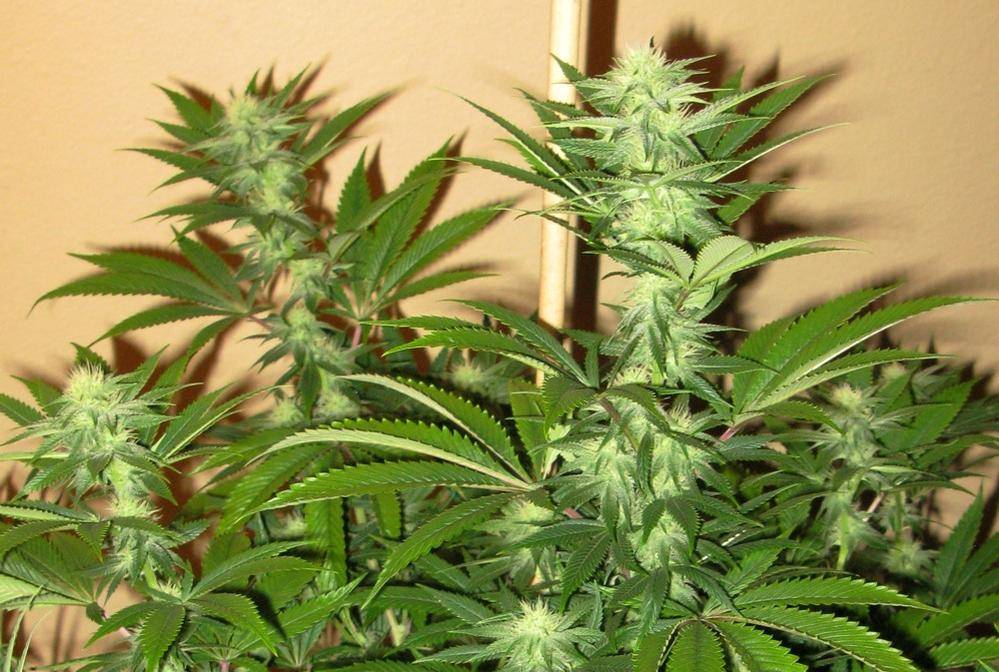HossCartwright
Member
Ph down, ppm up means your nutrient solution is stronger than your plants need.
i have a quick question.
i am seeing my ppms rise and im not adding anything. i also have a big drop in ph too.
it isnt going up much (970 to 985) but im curious where the extra ppms would be coming from?
the plants look fine, there isnt any sign on nute burn on the leaf tips
could the plants be leaching back into the res? why?
thanks in advance.

Yes, which means his nutrient solution is stronger than his plants need. No big deal, just top off with plain ph'd water and use less nutrients next rez change.I think your plants are the taking water and leaving the nutrients, causing your ppm to go up and pH to change. That would be my guess anyway. Does the water level drop when this happens?
i have a quick question.
i am seeing my ppms rise and im not adding anything. i also have a big drop in ph too.
it isnt going up much (970 to 985) but im curious where the extra ppms would be coming from?
the plants look fine, there isnt any sign on nute burn on the leaf tips
could the plants be leaching back into the res? why?
thanks in advance.
THE WHITE day 22.
Yes they are nice. Denver hydro is pretty good too. 68th & Broadway.thanks y'all. I'll post up some banner 3 shots tonight it looks really nice as well.
Guywithoutajeep... Try Way to Grow in Boulder or (Fort Collins). Biggest selection in the state that I've found
day 22 from the flip?....i know some of people like to start counting once the bud starts developing.
But if its 22 from the flip, then it looks like that could be a yielder!
THE WHITE day 22.
